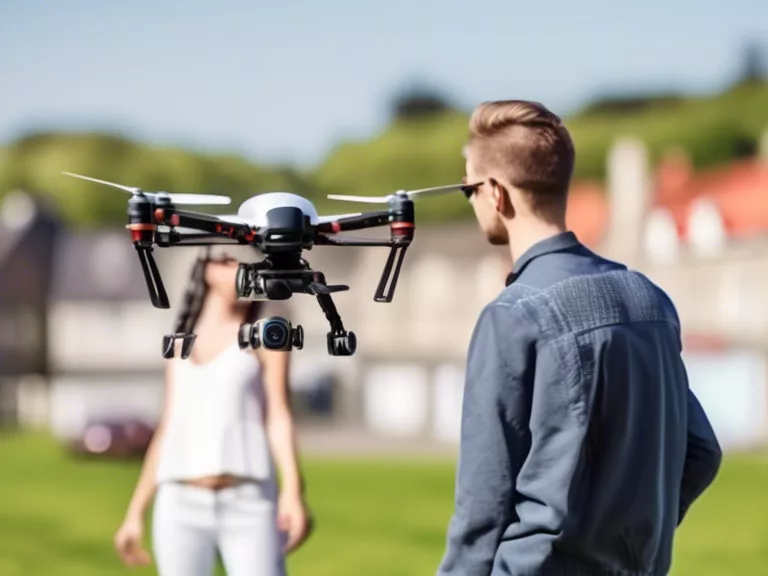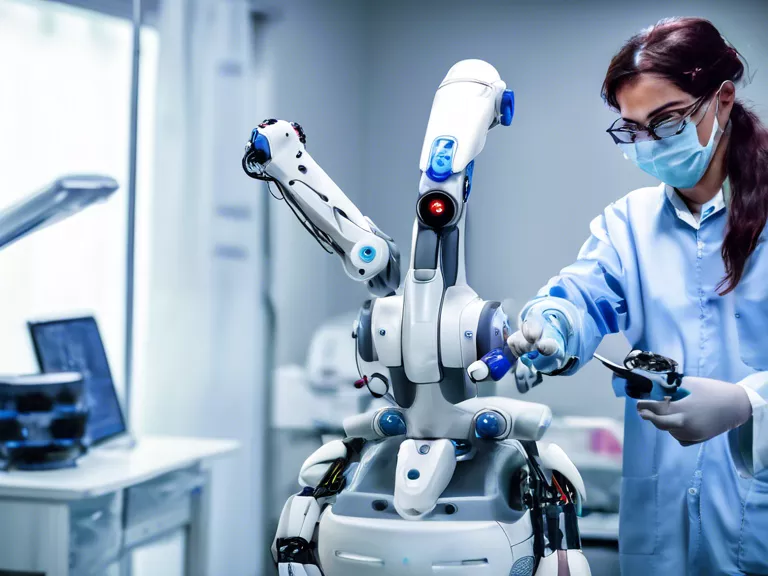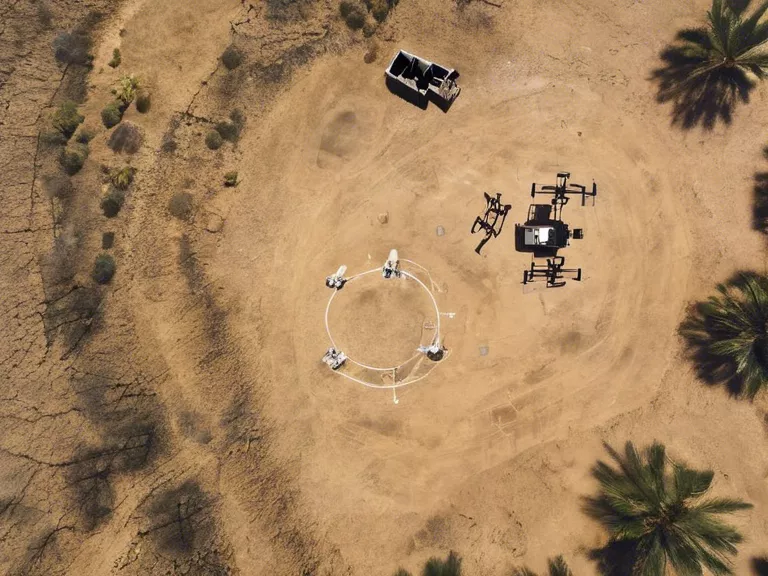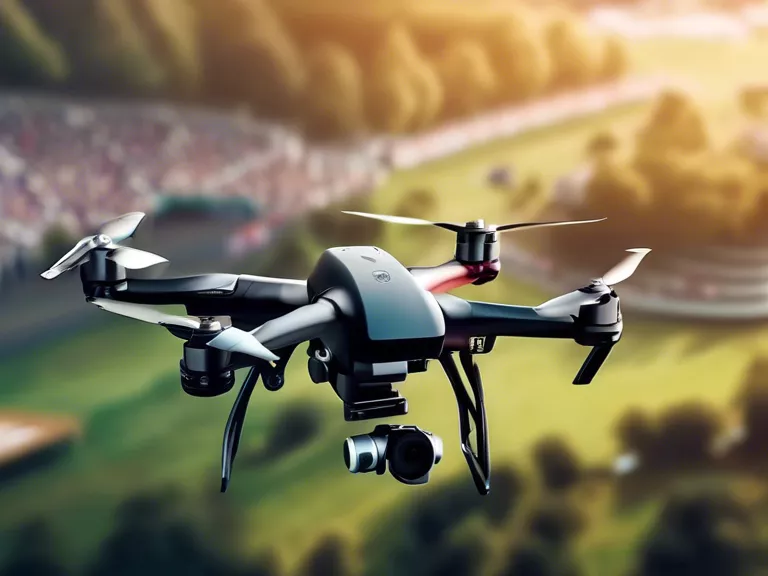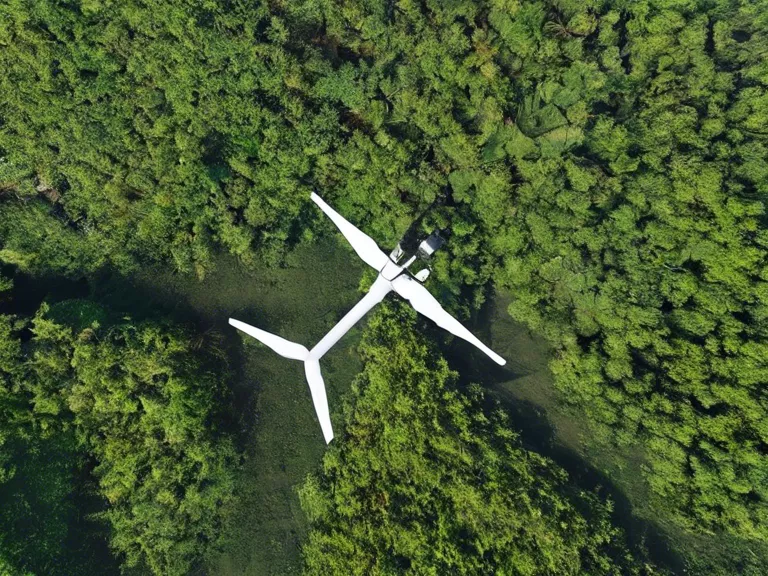
In recent years, drones have proven to be a valuable tool in wildlife conservation efforts by providing researchers and conservationists with innovative ways to monitor wildlife habits and protect endangered species.
One of the main ways in which drones are being used in wildlife monitoring is through aerial surveys. Drones equipped with high-resolution cameras can fly over large areas of land, capturing images and videos of wildlife populations without disturbing them. This technology allows researchers to study animal behaviors, track population numbers, and identify potential threats to wildlife habitats.
Drones also play a critical role in conservation efforts by monitoring illegal activities such as poaching and deforestation. By flying drones over protected areas, conservationists can quickly identify and respond to illegal activities, ultimately helping to protect endangered species from harm.
In addition to monitoring wildlife populations, drones are also being used to assess the health of ecosystems. Thermal imaging cameras mounted on drones can detect changes in vegetation, water quality, and other environmental factors that can indicate a decline in habitat health. This data can then be used to develop conservation strategies to preserve and restore ecosystems.
Furthermore, drones are valuable tools for tracking the movements of wildlife species, such as migratory birds and marine animals. By using GPS technology, drones can collect data on animal migrations, breeding patterns, and habitat use, providing valuable insights for conservation efforts.
Overall, drones have revolutionized wildlife monitoring and conservation efforts by providing researchers and conservationists with a cost-effective and efficient way to study and protect wildlife habitats and species. As technology continues to advance, the use of drones in conservation will only continue to grow, helping to ensure the preservation of our planet's biodiversity for future generations.
